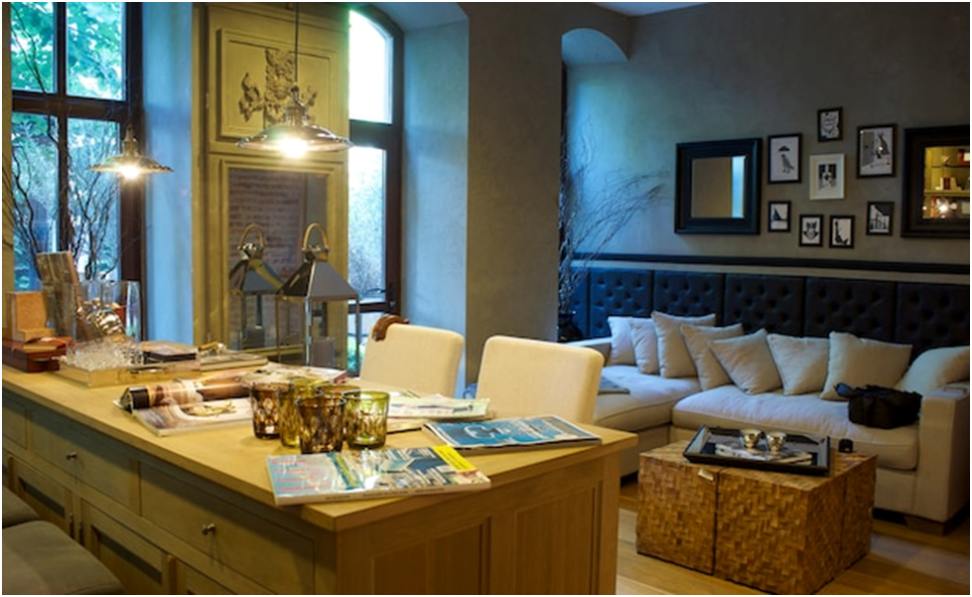Building a custom home can achieve a unique living space tailored to your specific dreams and needs. However, many key factors require thoughtful consideration. This article outlines major items to review upfront like budget, land features, family goals, and practical requirements. With careful planning, you will be ready to design the perfect custom home.
You’re Budget for Site Evaluation
Begin by determining total construction costs including materials, labor fees, and permits. Consult home builders for estimates based on your lot size, number of stories, and features. Factor in furnishings and property taxes as well. Have a budget that allows for unforeseen expenses to avoid cost overruns. The land where you build influences design options. Note its size, topography, and views. Consider sunlight, winds, and drainage issues. Check for utility locations through property records and core samples. A home builder for your own lot can help plan around site limitations or advantage spots for specific rooms.
Concrete Foundation Installation
Your choice of foundation impacts costs and design flexibility. Crawl spaces or basements need more excavation. Concrete slabs pour directly over gravel and tend to be more affordable depending on the terrain. Consult local codes for Concrete Foundation Installation depths based on your location’s frost line. Analyze how members will utilize indoor and outdoor spaces over time. Will children or parents live there too? Plan sufficient bedrooms and living areas. Factor in hobbies, storage, and future needs. Design circulation routes between rooms for comfort and accessibility as household dynamics shift.
Appliances and Systems
Select energy-saving features to lower utility bills. Choose a water heater, HVAC system, and roofing type. Consider renewable energy options if they fit your budget. Plan for adequate electrical capacity, plumbing fixtures, and drainage layouts to suit daily use. What architectural style appeals most to you? Do you prefer traditional or modern elements? Sample materials like siding, fencing, and pavers. Consider low-maintenance exteriors and curb appeal. Express your personality through colors, fixtures, and aesthetic details.
Floor plan Layout
Arrange rooms to optimize flow, efficiency, and enjoyment. Separate noisy bedrooms from living spaces. Strategize kitchen work zones and bathroom vanities. Maximize natural light through proper window placement. Leave room for comfortable furnishings arrangement within spaces. Plan for strong foundations, substantial framing, secure attachments, and durable roofing. Consult engineers on wind bracing, load-bearing requirements, and stairway code standards. Integrate energy-efficient features like insulation according to your climate. Factor safety items into designs.
Green Building Strategies
Consider eco-friendly materials and systems to benefit pocketbooks and the environment. Look for renewable, sustainable, and locally-sourced products. Research the ENERGY STAR active and passive design techniques fitting your location’s weather. Optimize daylight, ventilation, and water conservation tactics. Understand your community’s zoning rules for setbacks, height limits, and construction phases. Many codes address plumbing, electrical installation, fire safety, and structure details. An engineer or architect can review plans to ensure compliance before building permits are issued.
Conclusion
Careful evaluation of initial considerations prepares you for creating custom home designs aligned with your dreams, needs, and budget. By addressing key factors upfront with tradespeople before construction starts, you set the stage for a smooth, successful building project resulting in the ideal family home.
Read more:
- Is Steel Or Iron Ore A Good Career Path?
- How Many Jobs Are Available In Electric Utilities Central?
- The Reason Why Birmingham, The Second Biggest City In The UK Declared Itself Bankrupt

